How are Vanilla Beans Grown?
A Comprehensive Guide from a Madagascar Farmer
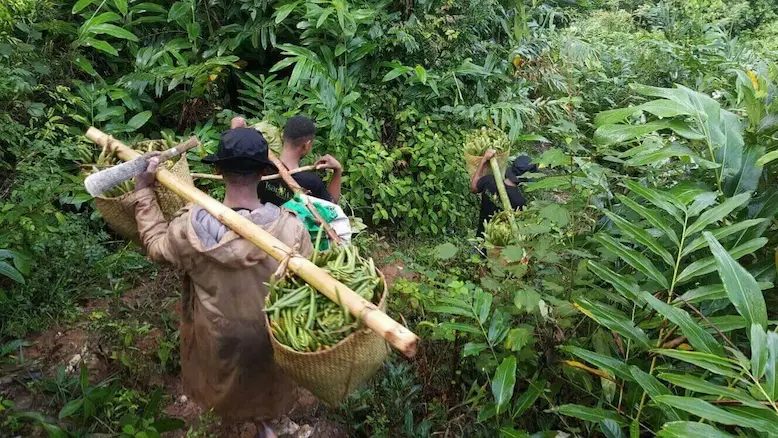
Ever wondered, ‘How are Vanilla Beans Grown?’ Join us as we delve into the world of vanilla cultivation with Cloteur, a seasoned farmer from the SAVA region of Madagascar.
Learn about the unique techniques and practices that contribute to the exceptional flavor of Madagascar vanilla. Explore the impact of vanilla cultivation on the local economy and how it shapes the lives of farmers like Cloteur.
Let’s embark on this fascinating journey right from the heart of the world’s leading producer of vanilla.
Meet Cloteur: A Passionate Vanilla Farmer
Born in 1965, Cloteur is a father of eight and a dedicated vanilla farmer from Madagascar. He has been cultivating vanilla since 1995, a skill passed down through generations in his family since the post-colonial era.
With a 2-hectare farm nurturing 1300 vanilla plants, Cloteur is a testament to the resilience and hard work of Madagascar’s vanilla farmers.
Cloteur’s Journey into Vanilla Farming
Cloteur’s journey into vanilla farming was not a result of formal training but a legacy inherited from his family.
Despite the challenges, he has embraced this path with passion and dedication, contributing to Madagascar’s reputation as a leading producer of high-quality vanilla beans.
The Love for Vanilla and Its Impact on Madagascar
For Cloteur, vanilla farming is more than just a livelihood. It’s a way to contribute to his country’s economy, given that vanilla is a significant export product of Madagascar.
However, the unstable prices of vanilla make it challenging for farmers like Cloteur to project their future income. If you’re interested in experiencing the unique flavor of Madagascar vanilla beans in bulk.
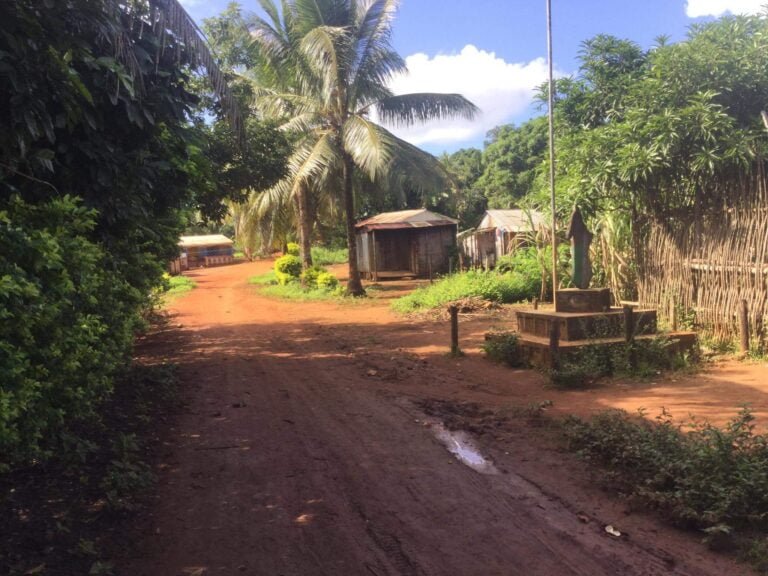
Cloteur's village
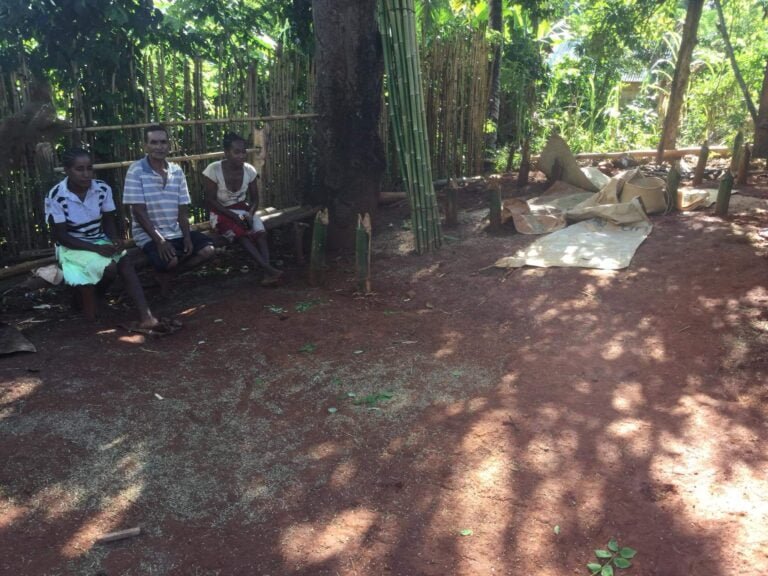
Cloteur and his family
The Art of Growing Vanilla Beans
Preparing the Soil: The First Step
The first step in growing vanilla beans involves preparing the soil without burning it, a technique that is prohibited in Madagascar. Cloteur emphasizes the importance of this step in ensuring the healthy growth of the vanilla plants.
Cultivating Jatropha: The Ideal Tutor
Before planting the vanilla lianes, Cloteur cultivates Jatropha, a plant that serves as a tutor or support for the vanilla plants. This intercropping technique is common and profitable in the region.
Planting the Vanilla Liane: The Start of a Long Journey
Once the Jatropha plants have grown tall enough, Cloteur plants the vanilla liane on the tutor and attaches it. This process is done in December, during the rainy season. The vanilla plant, a young liane from an adult plant, is planted simultaneously with the tutor that will serve as its support.
The Importance of Regular Maintenance
Regular maintenance, including weeding and redirecting the lianes, is crucial in vanilla farming. As a climbing plant, the vanilla liane can grow up to several meters long, requiring regular guidance to ensure its proper growth.
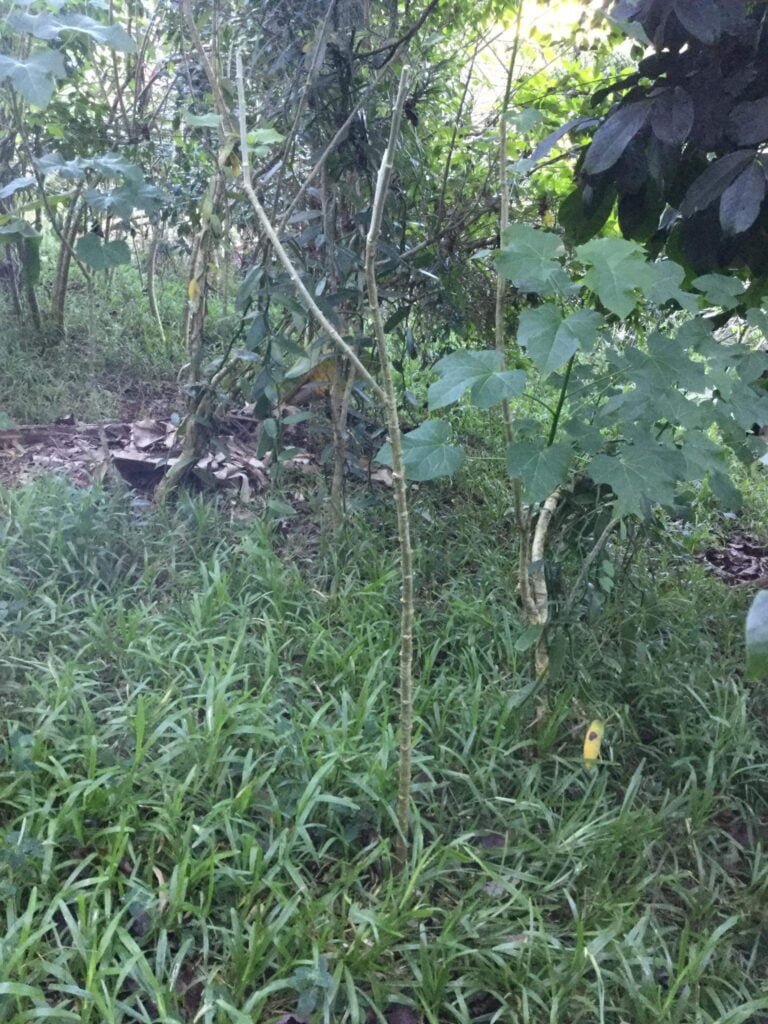
Planting Jatropha
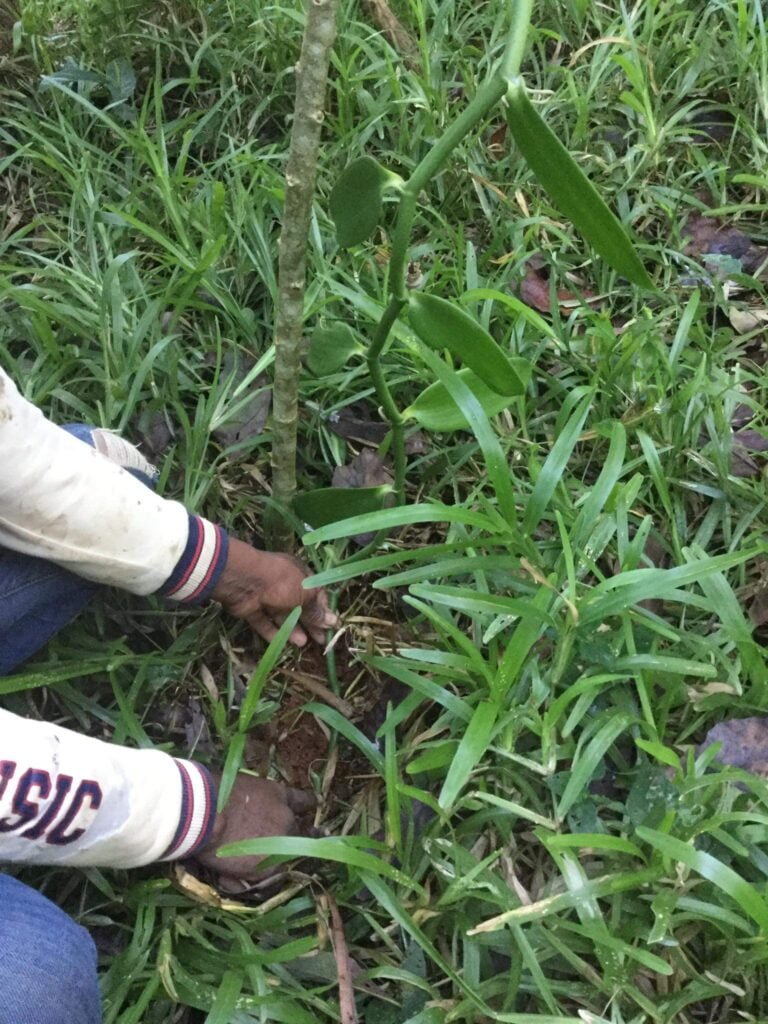
Plant the vanilla Orchid
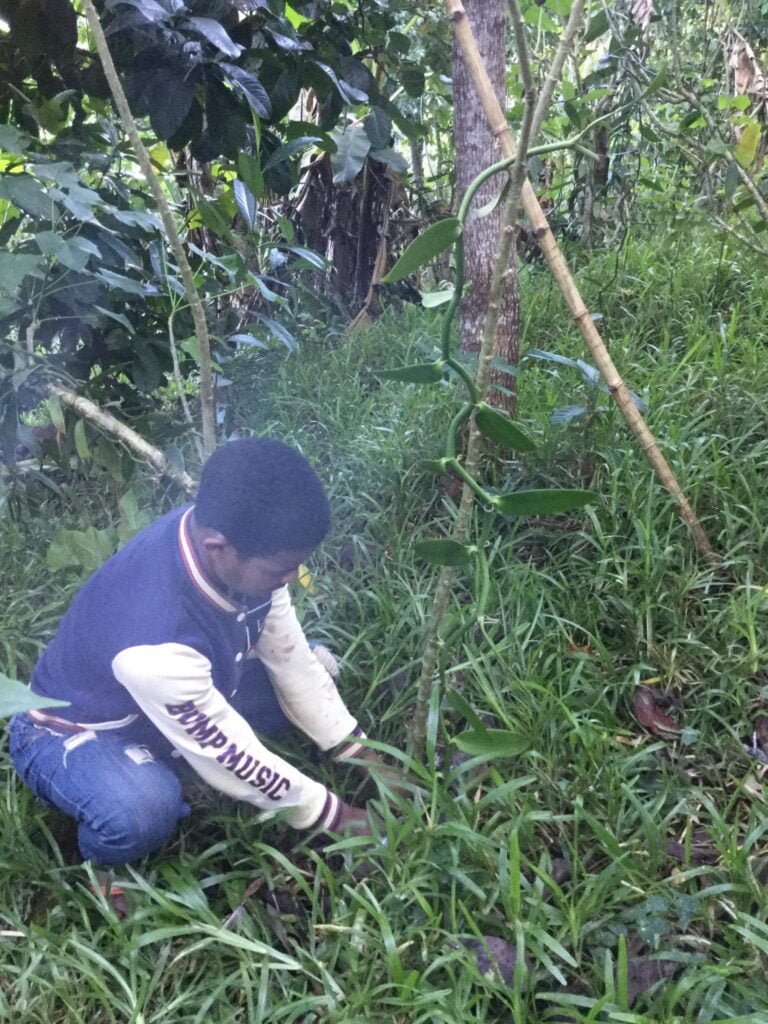
Attach the vanilla Orchid to the tutor
The Growth Cycle of Vanilla Beans
The Waiting Game: From Planting to Flowering
After planting, it takes about 3 to 4 years for the liane to produce its first fruits. The flowering begins around the third year and stabilizes by the fifth year. The first blooms occur after pruning the tutor or cutting the terminal bud of the plant.
The Art of Pollination: A Delicate Process
Pollination is a critical step in vanilla farming. It requires daily monitoring for two to three months, as the flowers only bloom for a single day. Successful pollination results in the fruit reaching its adult size in six weeks, but it’s only harvested mature seven to eight months later.
Secret tips
Growing Madagascar vanilla requires precise expertise. To induce flowering, the planter creates “stress” on the plant. This involves cutting the shade above the vanilla plants, causing “light stress,” and doing this during the dry season induces “water stress.” In response to these stress factors, the plant will produce numerous flowers three months later.
The Reward: Harvesting the Vanilla Beans
The ultimate reward of vanilla farming is the harvesting of the vanilla beans. This process is a testament to the farmer’s patience, skill, and dedication, as it takes several years from planting to harvesting.
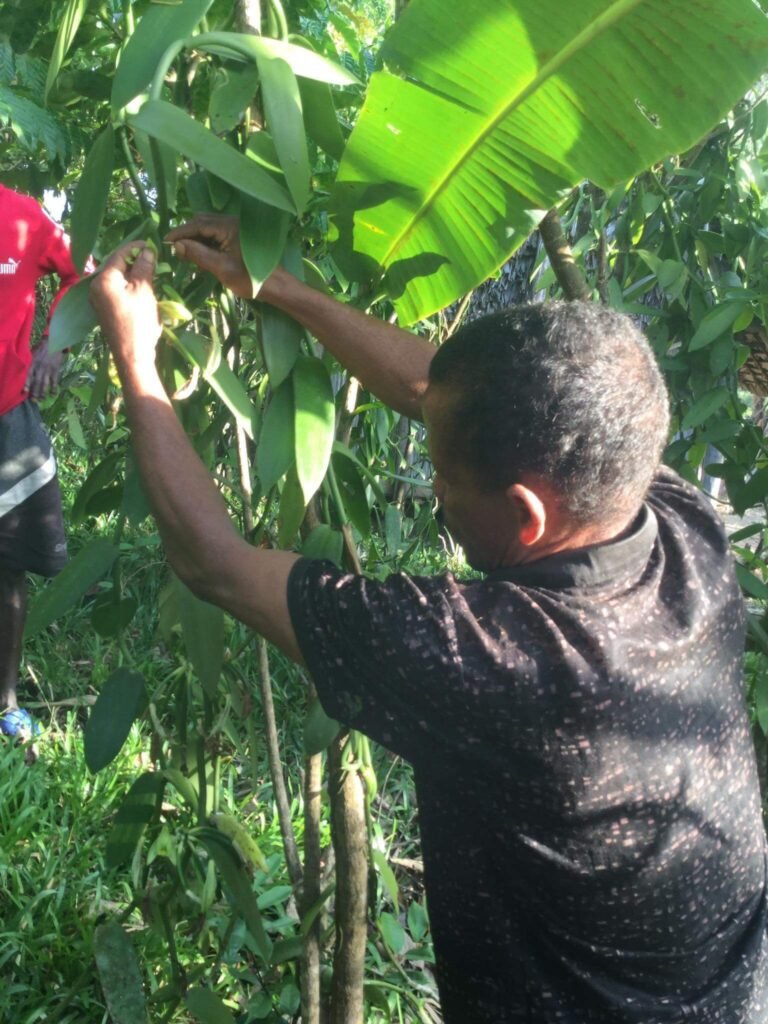
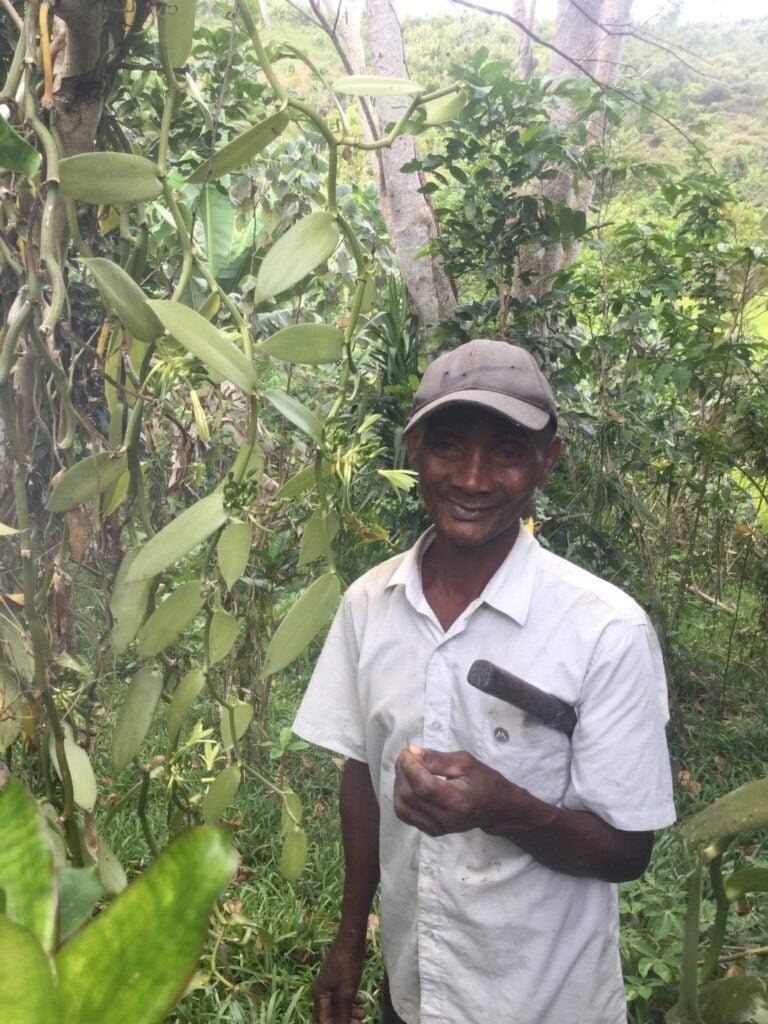
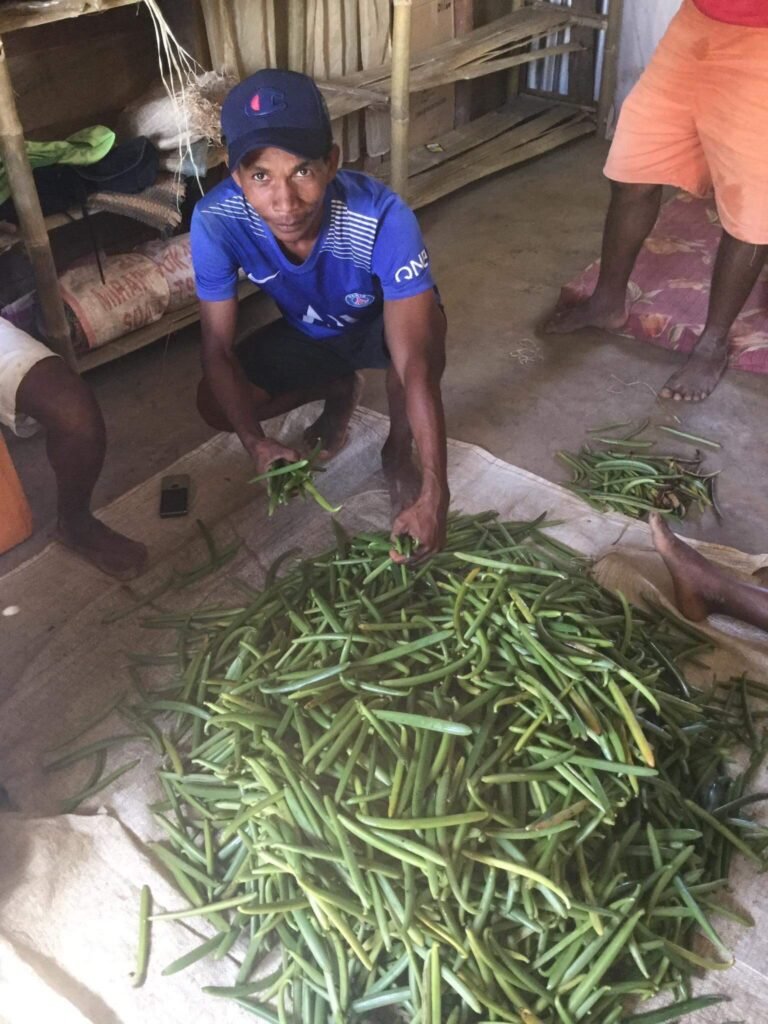
The Challenges of Vanilla Farming
The Unpredictability of Vanilla Prices
One of the main challenges Cloteur faces is the unpredictability of vanilla prices. The instability of the market makes it difficult for farmers to predict their future income, adding an element of uncertainty to their livelihood.
The Threat of Natural Disasters and Livestock
Natural disasters such ascyclones and droughts pose significant threats to vanilla farming. Additionally, livestock animals can also cause damage to the vanilla plants, adding to the challenges faced by farmers like Cloteur.
The Joy of Vanilla Farming
The Satisfaction of Growing Vanilla
Despite the challenges, Cloteur finds immense satisfaction in growing vanilla. The process, though demanding, is rewarding, and the end product – the aromatic vanilla beans – is worth all the hard work and patience.
Cloteur’s method of preparing the soil and maintaining the vanilla plants aligns with the best practices recommended by the Food and Agriculture Organization of the United Nations. Learn more about effective composting techniques here.
The Impact of Vanilla Farming on Cloteur’s Family and Community
Vanilla farming has a significant impact on Cloteur’s family and community. It provides a steady income, supports local economies, and contributes to the global reputation of Madagascar as a leading producer of high-quality vanilla beans.
The Legacy of Vanilla Farming in Madagascar
Vanilla farming is more than just a profession in Madagascar – it’s a legacy, a tradition, and a source of national pride.
Farmers like Cloteur are the backbone of this industry, their hard work and dedication ensuring that the world gets to enjoy the unique flavor of Madagascar vanilla beans. The next time you savor a vanilla-flavored treat, remember the journey of the vanilla bean – from the farms of Madagascar to your table.

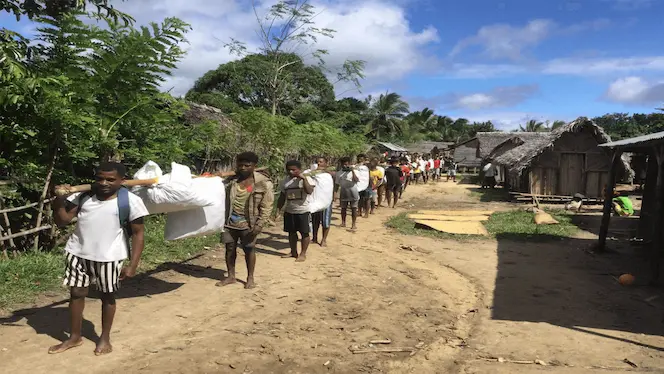
Greetings from Tasmania!
My wife and I would live visit Madagascar, and learn how to growing Vanilla beans. Is there contacts that we could make, to help make this happen.
Cheers!
Garry Batchelor
hothamambos@gmail.com
we’ve send you a email
Pingback: Vanilla Bean Grades - Vanillanice.com | Madagascar Vanilla-7
Pingback: Natural Vanilla Flavor: Its Unique Aroma and Benefits